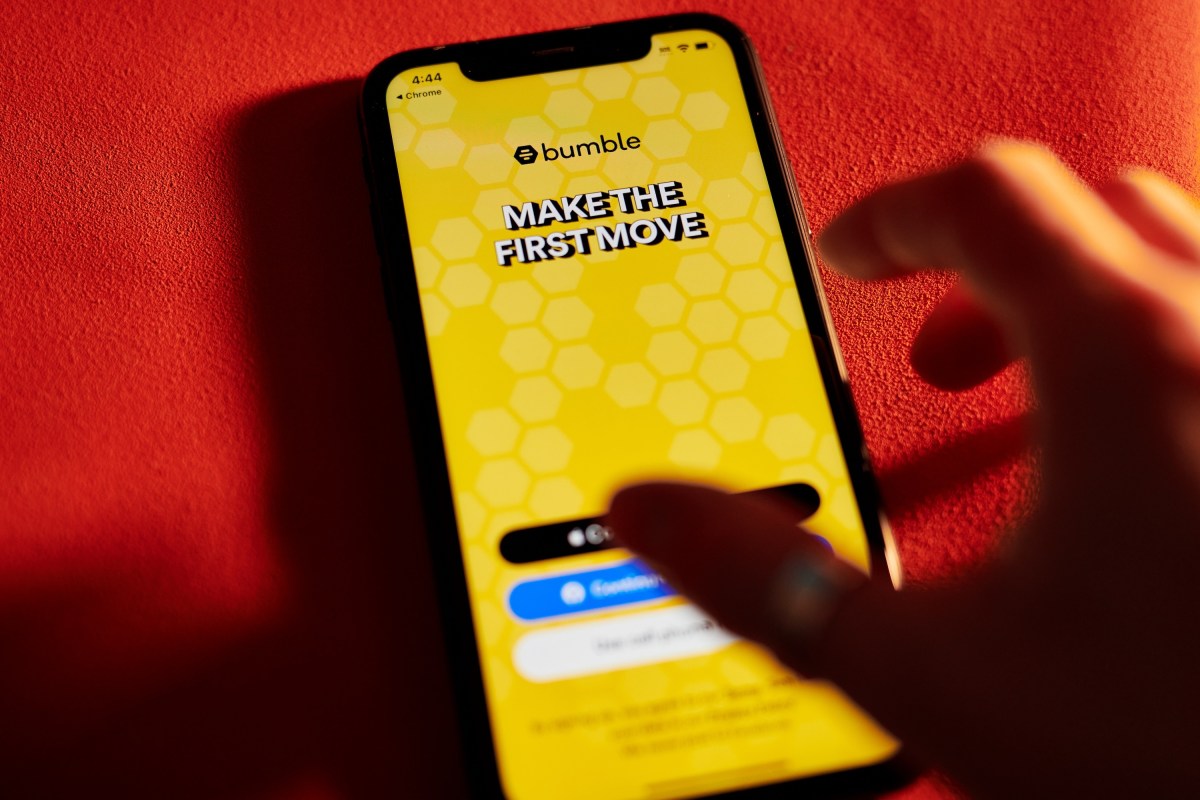In a new academic paper, researchers from the Belgian university KU Leuven detailed their findings when they analyzed 15 popular dating apps. Of those, Badoo, Bumble, Grindr, happn, Hinge and Hily all had the same vulnerability that could have helped a malicious user to identify the near-exact location of another user, according to the researchers.
While neither of those apps share exact locations when displaying the distance between users on their profiles, they did use exact locations for the “filters” feature of the apps. Generally speaking, by using filters, users can tailor their search for a partner based on criteria like age, height, what type of relationship they are looking for and, crucially, distance.
To pinpoint the exact location of a target user, the researchers used a novel technique they call “oracle trilateration.”
The good news is that all the apps that had these issues, and that the researchers reached out to, have now changed how distance filters work and are not vulnerable to the oracle trilateration technique.
Neither Badoo, which is owned by Bumble, nor Hinge responded to a request for comment.
Amazing clickbait here. Nobody “allowed stalkers to pinpoint” people. It was technically possible but apparently never happened. And now it’s fixed.
When the apps also show the distance down to feet, you can triangulate their exact potion by moving your phone’s gps location.
Always choose the “don’t show” option. It’s not perfect, but it makes triangulation more difficult.
Also, pro tip, always ask new people to show their face while doing something that people don’t normally do, like holding up three fingers or a scrap of paper with text YOU chose.
Obviously AI makes things more difficult, but this weeds out most of the “average” catfishers.
Seems weird to include Grindr with all the others, given Grindr is an actual radar. The whole point is that you’re supposed to be able to see who’s near. At about a thousand feet, the distance starts getting murky and obfuscated, but still, you’re supposed to be able to know when somebody is close, down to a couple hundred feet.
In that case, at least, the user base knows what they’re getting into when they use the app.
Dang, I didn’t know that. That’s cool. I can see how that might be problematic on Tinder, etc… but it’d be pretty neat.
Grindr reports down to single digit metres… That level of accuracy is certainly not needed and potentially dangerous. I’ve had stalker issues with Grindr before… Imo the radar aspect can be preserved while simply capping the accuracy or reporting at “<500m”, because seriously that’s close enough to know someone is literally less than 5 minute walk from you.
Sniffies is a similar app, but includes an option to randomise your location within a certain radius that you can set. So you can still determine people are “nearby” or get an idea of their general distance and location, without being able to literally hunt them down.



